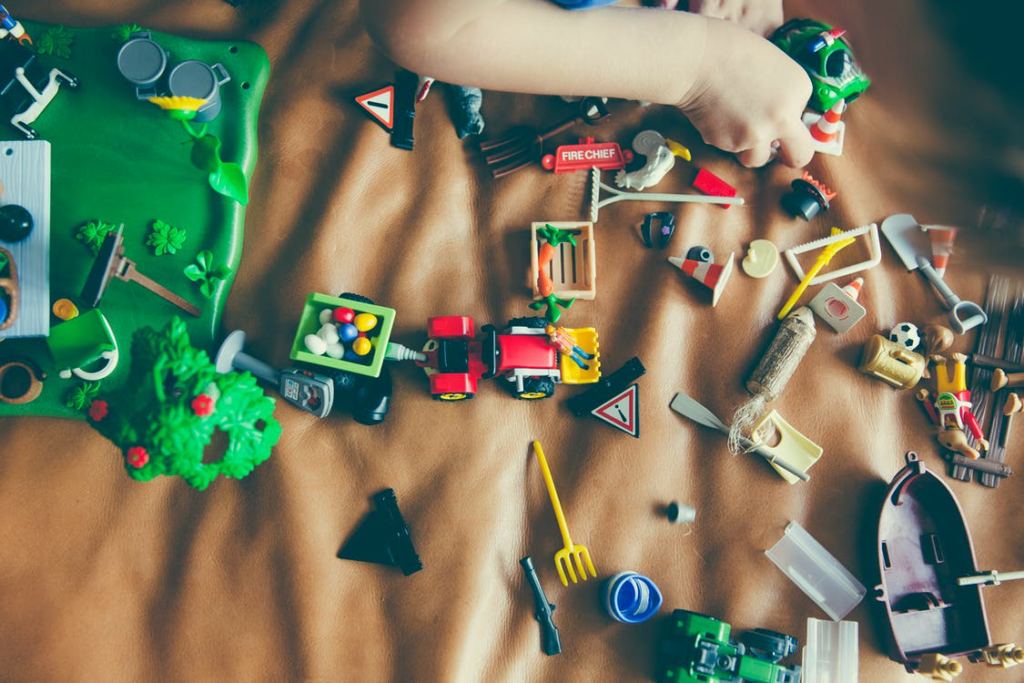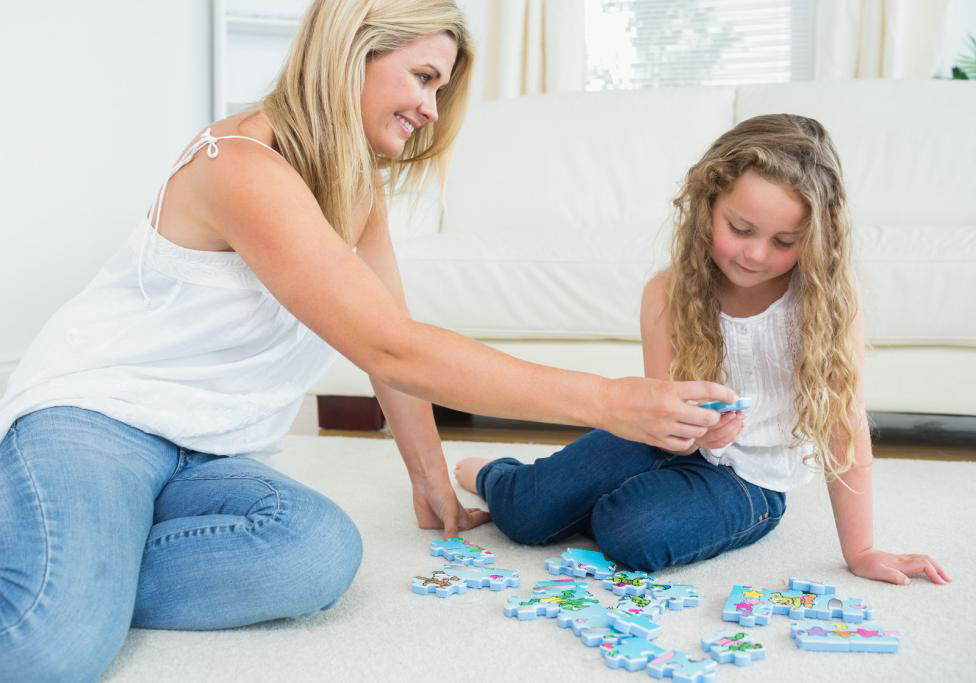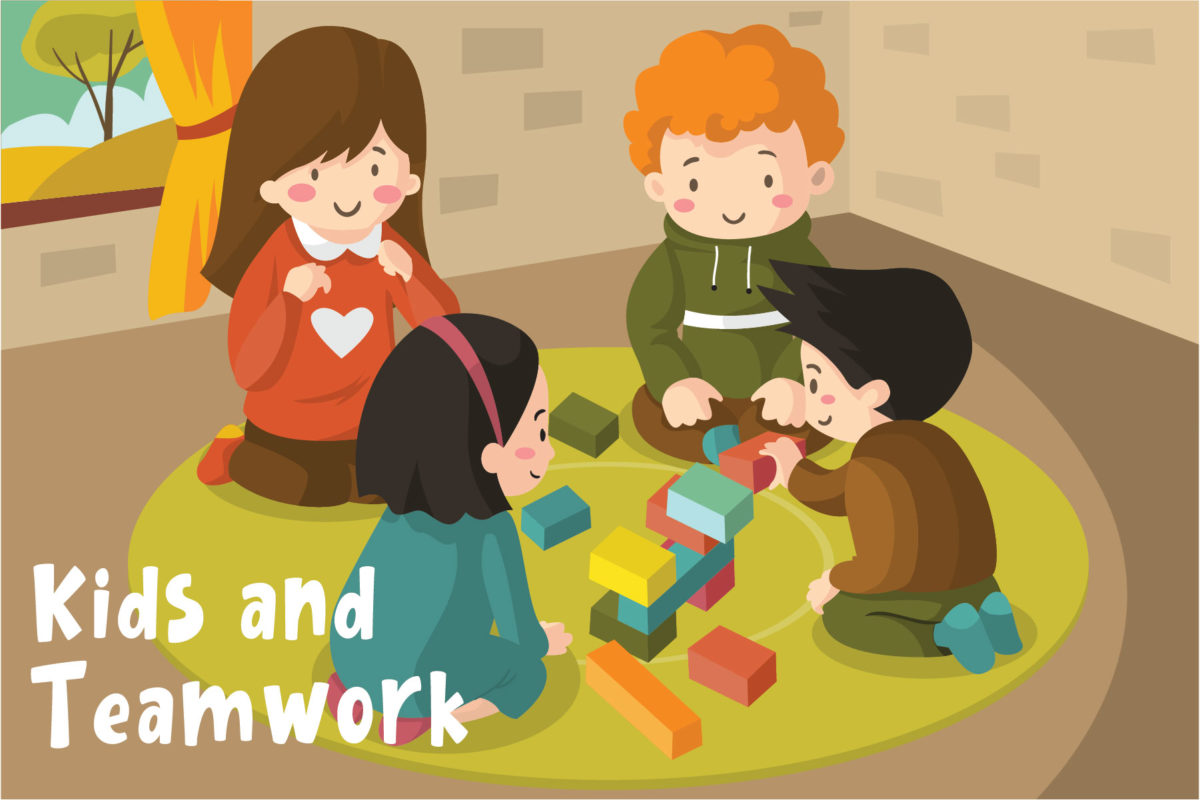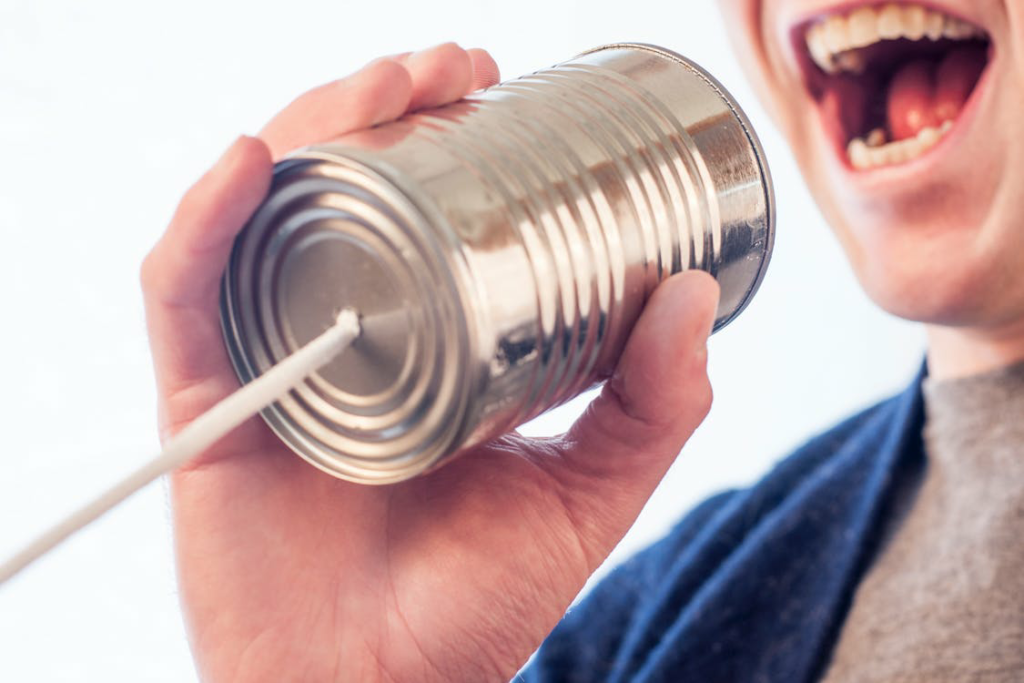In this age of technology, many parents feel it is convenient just to hand their child a tablet to keep them occupied and pass the time. However, with just a little effort on your part, that time can be put to some great use to teach your child reasoning, social skills, and motor control — all whilst having a lot of fun.
In this technological age, it’s easy to keep your child occupied with electronics but there are plentiful easy activities you can engage in with your child. A little effort on your part can teach your child reasoning, social skills, and motor control — all whilst having a lot of fun
Here are three simple activities that parents and young children can enjoy with each other:
Tin Can Phone
Kids these days have so many gadgets and electronic toys that they can grow up without ever discovering the greatest toy in the world: the tin can phone.
Kids these days often go without discovering one of the greatest inventions in the toy world: the tin can phone.
What You Need
- Two tin cans
- String
- A nail
- A hammer
- Duct tape
- Paint, markers, glitter, etc
How to Make
Take two tin cans and remove their lids with the help of a can opener. Make sure the tops of the cans do not have jagged edges to prevent your child from cutting themselves on them. Cover the rough edges of the tin with duct paper.
Next, take a hammer and a nail and help your child pound a hole in the middle of the base of the two cans. Take a long piece of string and help your child string it through the hole and knot it, so that it doesn’t fall out. Now, let your child hold one can and take the other can away until the string is taut. Speak through the can to your child and vice versa.
Benefits
- Helps to spark your child’s interest in science and creating things
- Your child can learn about sound waves and vibrations
- Science experts agree that if you let your child build a toy, he or she will remember it years after they have forgotten their latest store-bought toy
Rainbow-Colour Scavenger Hunt

A great fun-filled activity for kids is to help them identify colours. Instead of pointing to things and asking your child what colour they are, take them out into the garden and have a scavenger hunt.
What You Need
- A multi-coloured dice
- Lots of colourful toys and items
- A blanket or a newspaper
How to Play
To play, ask your children to roll the colourful dice. After each roll, your children will have to look for the items which match the colour that your dice rolled. If you do not have a multi-coloured dice, ask your children to pull out coloured pieces of paper from a hat.
Each time your children find coloured items, bring them back and lay them all on the blanket or newspaper. They will continue to find lots of treasures until they have all the items in the colours of the dice. In the end, let them sort the items by the colour and then arrange them in the form of a rainbow, starting with the and ending with violet.
Benefits
- Teaches kids colour recognition
- Get kids up and moving
- Strengthens teamwork
- Teaches sorting and organising
Jigsaw Puzzles

Jigsaw puzzles aren’t just for retirees; kids love them too. Jigsaw puzzles are fun and can hold your child’s attention for hours. Jigsaw puzzles help to develop your spatial skills in your child. This is the ability to understand the spatial relationship between space and objects. They can also instil problem-solving skills in your children as well.
What You Need
Jigsaw puzzles (one or multiple)
How to Play
Make sure the jigsaw puzzles are colourful and filled with pictures so that they keep your child focused. Let your child know they have to fit the pieces together by recognising the shapes and referring to the completed design in the box. Puzzles depicting animals, maps, historical places etc. are the best to pique children’s interest in different subjects.
Benefits
- Children develop fine motor skills by moving pieces to the correct spot
- They develop shape-recognition
- They develop visual-spatial and cognitive abilities
- It inspires critical thinking and logical reasoning abilities
- They improve memory and concentration
By engaging in these easy fun-filled activities with your kids, you can sharpen their brains, body and motor functions. This will help your child perform better in school and social settings, and will contribute to his or her personal development in a fun way.



Leave A Comment
You must be logged in to post a comment.